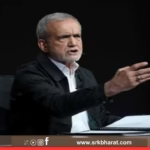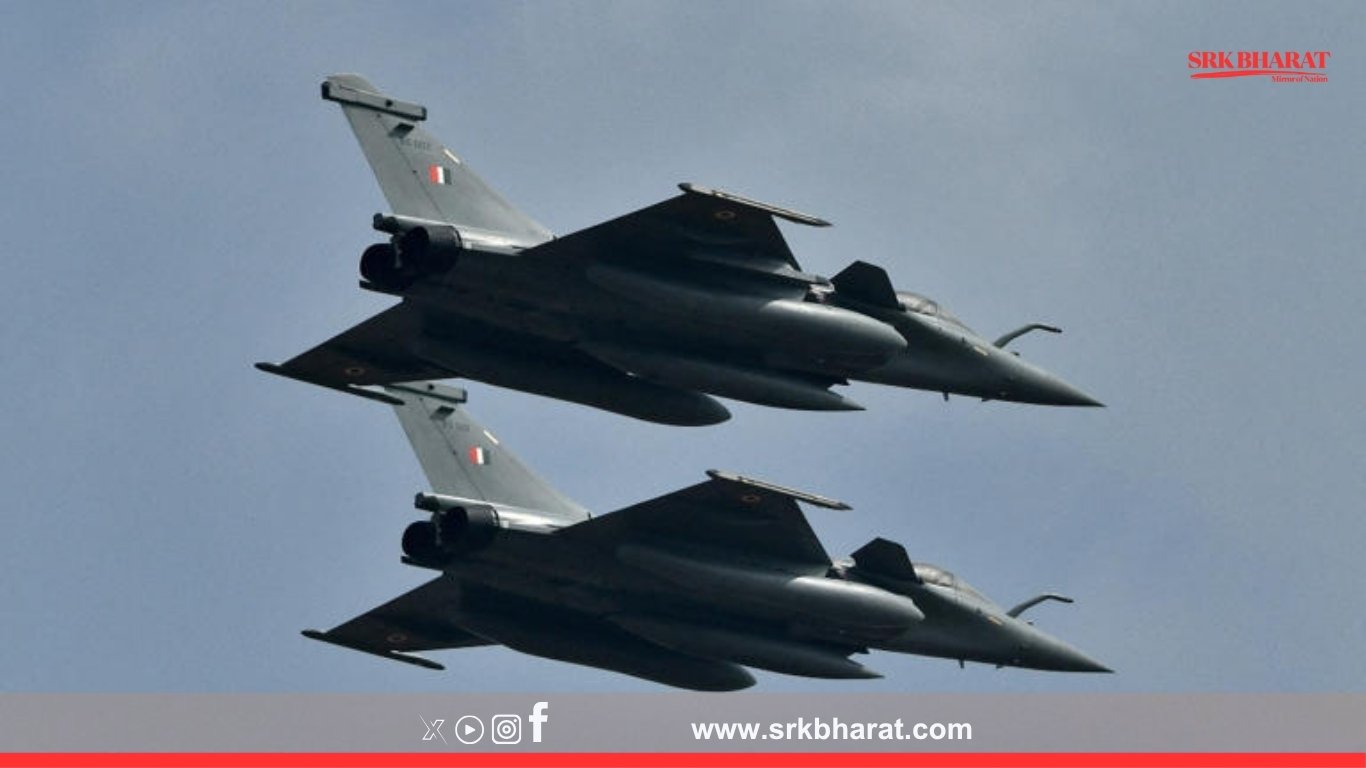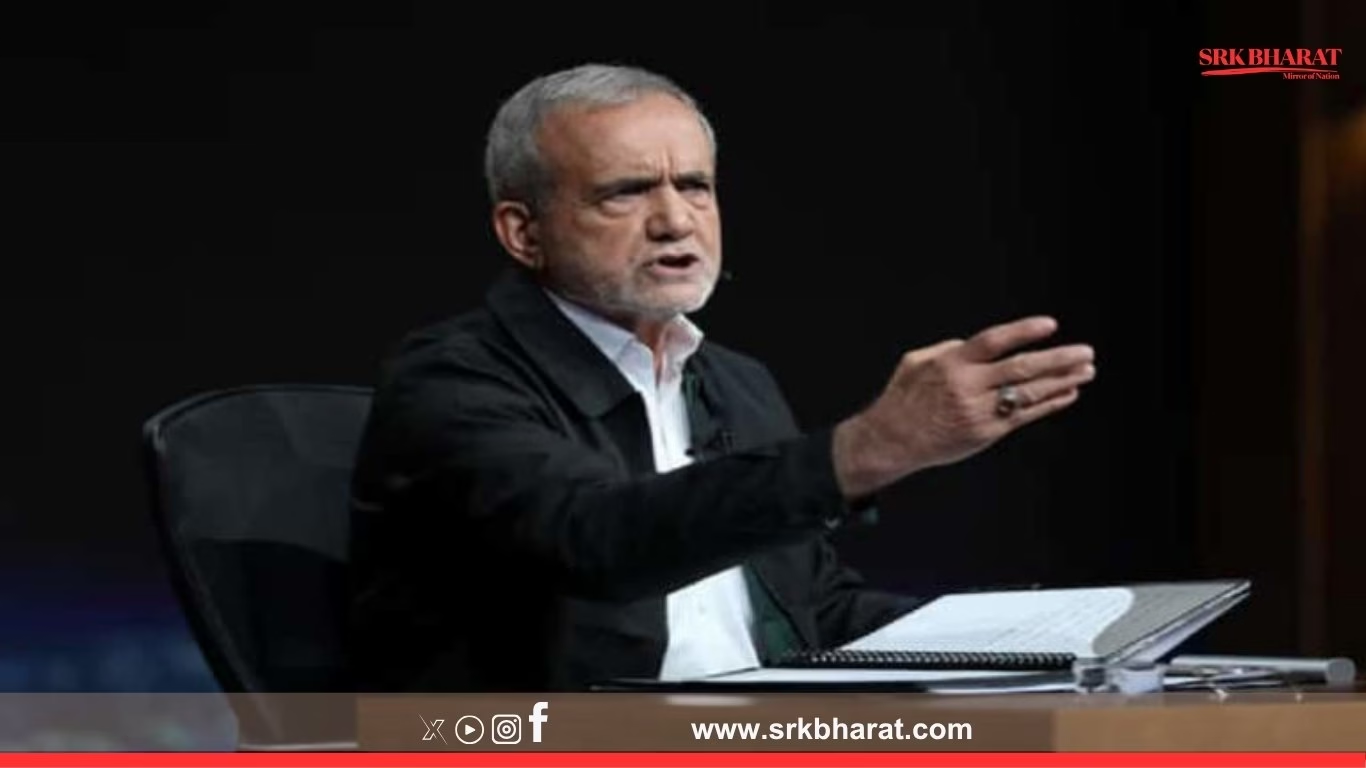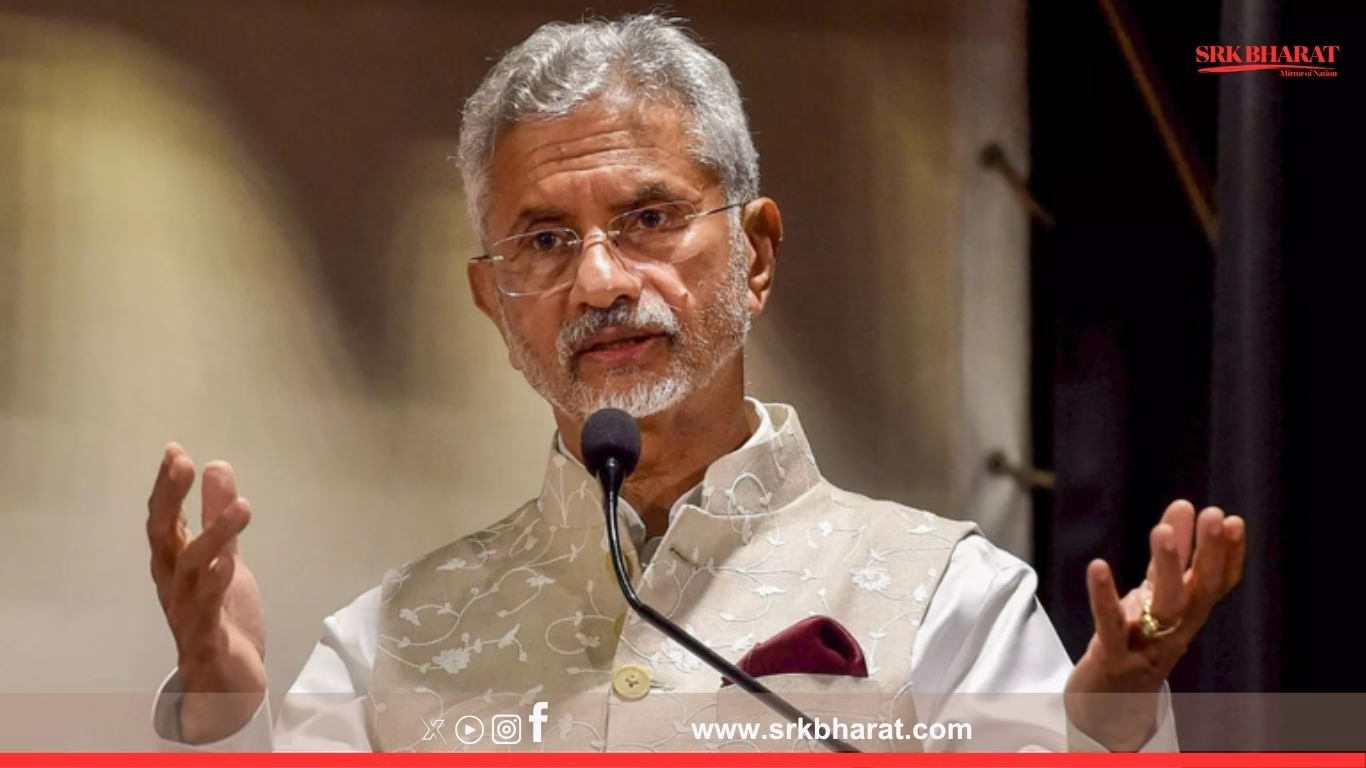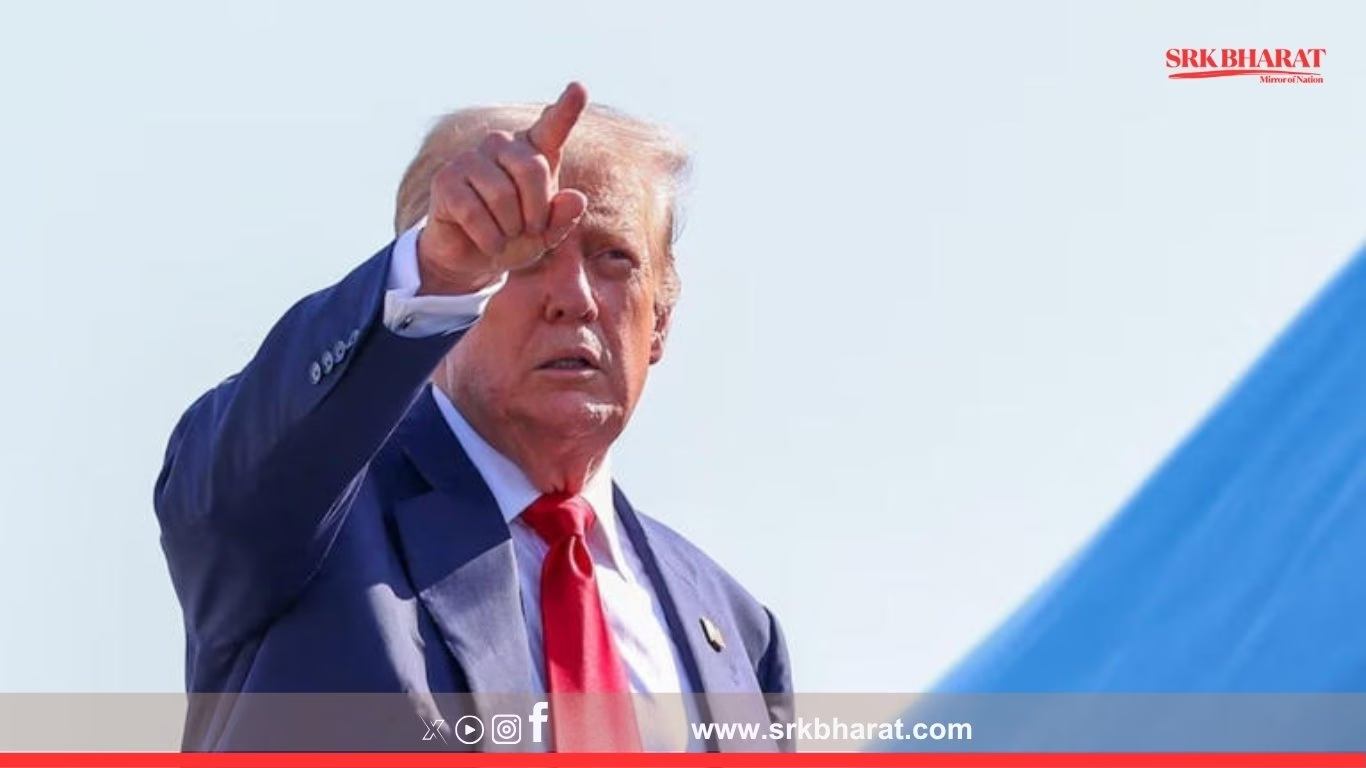In a revelation with significant geopolitical and defence implications, French intelligence agencies have concluded that China orchestrated a systematic disinformation campaign against the Indian Air Force’s Rafale fighter jets following the heightened tensions between India and Pakistan post-Balakot airstrikes and subsequent aerial clashes.
Key findings from French intelligence
According to recent assessments by French defence intelligence:
- China deliberately spread false narratives questioning the capabilities of Rafale jets procured by India from Dassault Aviation.
- The disinformation aimed to undermine India’s strategic edge in South Asia by raising doubts over the effectiveness of its newest combat assets.
- Beijing’s campaign utilised state-linked think tanks, media outlets, and social media proxies to amplify narratives about the Rafale’s alleged shortcomings in real combat scenarios.
Context: India-Pakistan aerial tensions and Rafale induction
- February 2019: Following the Pulwama terror attack, India carried out airstrikes in Balakot, Pakistan. The subsequent aerial clash saw Wing Commander Abhinandan Varthaman’s MiG-21 shooting down a Pakistani F-16 before being captured and later released.
- September 2020 onwards: India inducted the first batch of Rafale jets, enhancing its deterrence posture against both Pakistan and China along contested borders.
French intelligence reports suggest that China viewed the Rafale’s induction as a significant threat to its regional air superiority, particularly along the Line of Actual Control (LAC).
Disinformation themes propagated by China
The French investigation revealed key disinformation narratives promoted by Chinese-linked channels:
| Narrative | Intended Impact |
|---|---|
| Rafale jets are outdated and overhyped | Undermine public confidence in IAF procurement |
| Pakistan’s JF-17 or Chinese J-20 are superior | Boost perceptions of Chinese/Pakistani air power |
| Rafale has maintenance and operational issues | Sow concerns within Indian military circles |
| Rafale cannot operate effectively in Himalayan conditions | Raise doubts over utility against China along LAC |
Mechanisms of disinformation
The coordinated campaign included:
- Social media amplification: Bot networks sharing doctored videos and infographics comparing Rafale unfavourably with Chinese jets.
- Think tank reports: China-based institutes publishing papers highlighting Rafale’s ‘limitations’ without credible technical backing.
- Proxy news articles: English-language platforms linked to Chinese state media circulating op-eds and analysis pieces challenging Rafale’s deterrence value.
- YouTube channels: Defence vloggers aligned with Chinese interests producing comparison videos portraying Rafale as inferior.
French defence officials’ response
A senior French defence ministry official reportedly stated:
“We tracked sustained digital information operations originating from China targeting the Rafale’s reputation in India. It is evident Beijing aimed to dilute the strategic and psychological edge India gained with these acquisitions.”
Impact on India’s defence narrative
Despite the disinformation attempts, India has:
- Inducted 36 Rafale fighter jets, stationed at Ambala (Haryana) and Hasimara (West Bengal) airbases to cover western and eastern theatres.
- Enhanced strategic reach with Meteor air-to-air missiles and SCALP air-to-ground cruise missiles, extending IAF’s precision strike capabilities.
However, security experts note that such disinformation campaigns can influence public discourse, parliamentary debates, and procurement sentiments, making them an effective non-kinetic tool in hybrid warfare.
Strategic reasons behind China’s campaign
| Objective | Explanation |
|---|---|
| Psychological warfare | Reduce Indian public confidence in Rafale acquisitions |
| Undermining France-India defence ties | Affect future arms contracts with Dassault and other French firms |
| Boosting Chinese defence exports | Promote indigenous jets like JF-17 (Pakistan) and J-20 |
| Deterrence parity | Counterbalance India’s improved air power along the LAC |
Similar past Chinese disinformation campaigns
French and Western intelligence agencies have previously flagged China’s digital propaganda efforts targeting:
- US F-35 and F-22 programmes
- European missile defence systems
- Indian BrahMos missile capabilities
Indian response to Chinese disinformation
While the Indian government has not officially commented on the French report, Indian defence analysts emphasise the importance of:
- Strategic communication to counter hostile narratives.
- Enhancing cyber intelligence to track and neutralise disinformation sources.
- Promoting technical awareness within the public and policy ecosystems to prevent perception manipulation.
Future implications for Indo-French defence ties
The French intelligence disclosure is expected to:
- Strengthen India-France defence cooperation, with shared concerns over Chinese information warfare tactics.
- Support upcoming negotiations for additional Rafale orders or naval variants for the Indian Navy’s aircraft carriers.
- Enhance joint efforts in cyber and hybrid threat intelligence sharing.
Expert perspectives
Air Vice Marshal (Retd) Manmohan Bahadur, a strategic analyst, commented:
“This revelation reinforces that modern military procurement faces not just technical or financial scrutiny but also information warfare. India must build robust narrative management capabilities to protect its strategic acquisitions.”
Broader geopolitical context
China’s disinformation offensive against Rafale reflects its wider approach of using digital influence operations to challenge adversaries’ strategic assets without direct military engagement. This hybrid strategy aligns with its:
- Three warfares doctrine: psychological, legal, and media warfare.
- Goal of achieving regional dominance without kinetic escalation.
Conclusion
The French intelligence report underscores how digital disinformation is now a central theatre of modern geopolitical conflicts. For India, it is a reminder that strategic acquisitions like the Rafale must be protected not just on the battlefield but also in the information domain to fully realise their deterrence and operational value.
Disclaimer: This article is based on French intelligence assessments, defence analyst insights, and publicly available reports. Official confirmation and operational details remain subject to future government disclosures and security clearances. Readers are advised to follow credible defence and geopolitical sources for ongoing updates.



